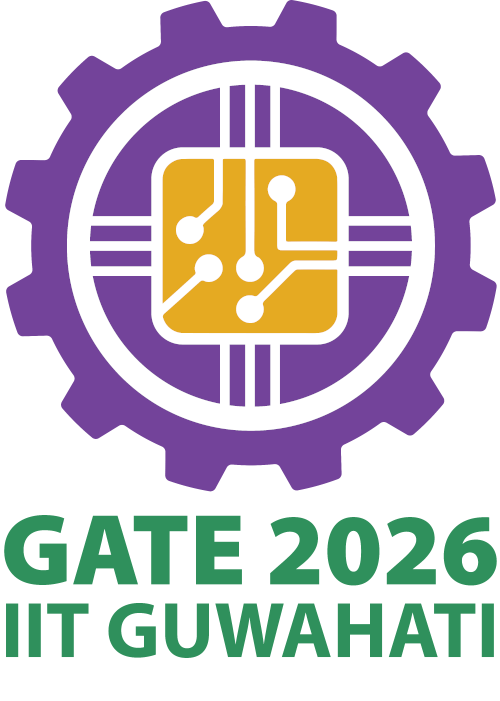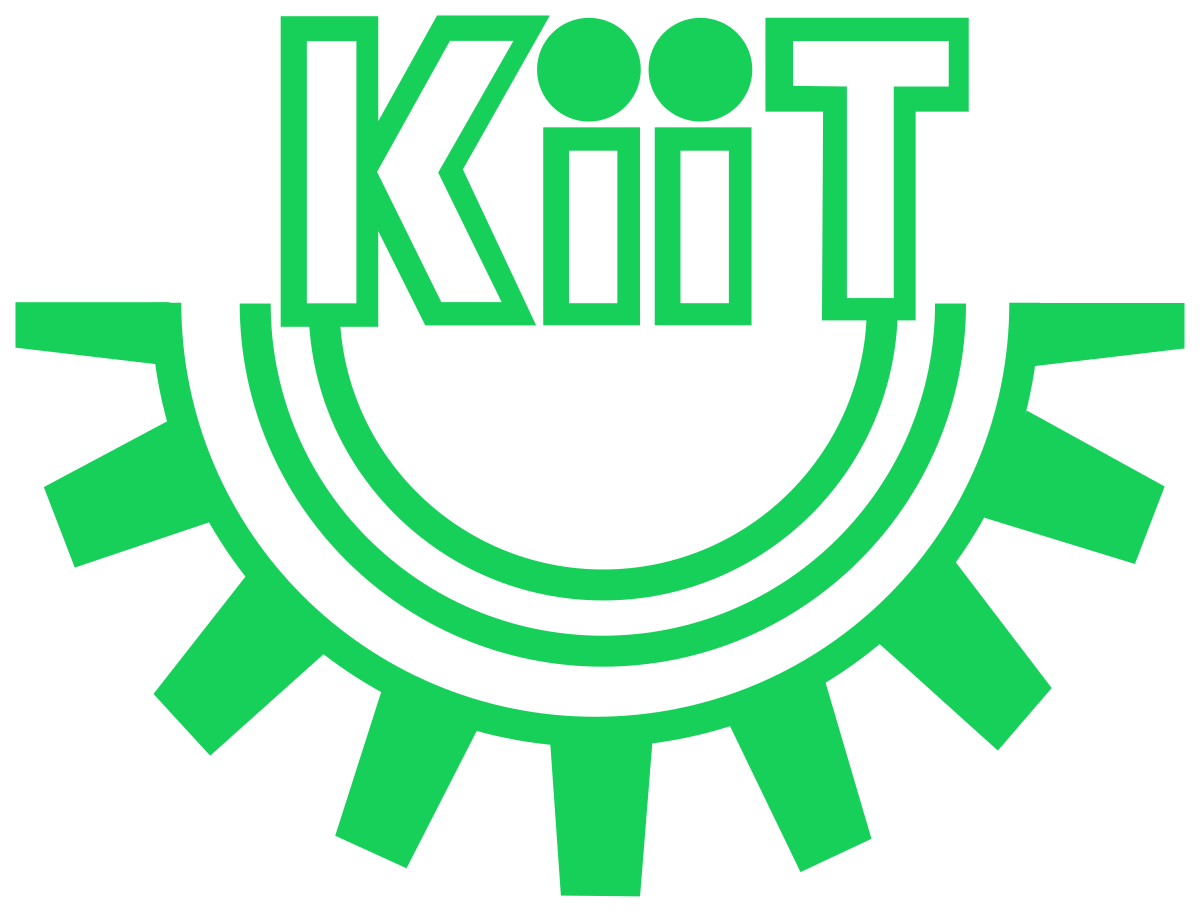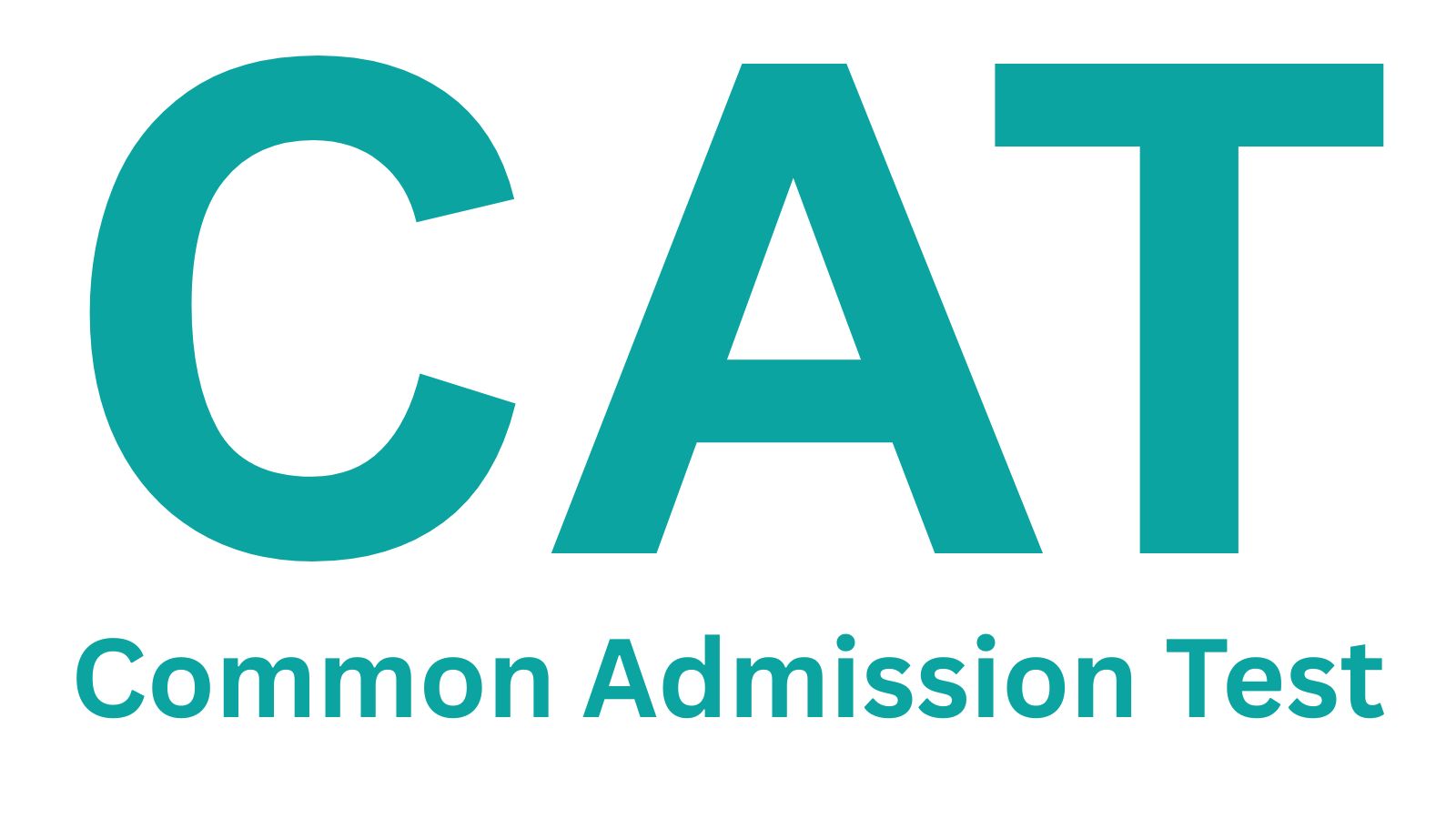MAT Syllabus 2025 introduces a major change with the inclusion of a new section—Economics and Business Studies, replacing the earlier Indian and Global Environment section. The exam now consists of five sections: Mathematical Skills, Language Comprehension, Data Analysis & Sufficiency, Intelligence and Critical Reasoning, and Economics and Business Studies, each containing 30 multiple-choice questions. You must complete all 150 questions within 120 minutes.
MAT exam 2025 September session will be conducted in two modes, PBT on September 21, 2025 and CBT on September 28, 2025. No matter which mode you select between PBT and CBT, the syllabus for MAT exam 2025 will remain the same. The MAT syllabus includes topics such as arithmetic, algebra, geometry, grammar, logical reasoning, data interpretation, and updates from the business and economic world. To perform well, aspirants should focus on concept clarity, stay current with affairs, and practice regularly to improve accuracy and speed.
MAT Syllabus 2025: Overview
MAT exam 2025 has undergone a few updates. A key change in the MAT syllabus 2025 is the replacement of the Indian and Global Environment section with a new section called Economics and Business Studies. Here are all the five sections of MAT entrance exam:
- Language Comprehension
- Intelligence & Critical Reasoning
- Mathematical Skills
- Data Analysis & Sufficiency
- Economics & Business Environment
MAT 2025 Section-Wise Syllabus and Marks Distribution
MAT exam is known for its flexibility. It allows candidates to choose between different test modes (Computer-Based Test and Paper-Based Test) and attempt the exam multiple times in a year. Although the exam format has seen slight updates, the MAT syllabus remains consistent. Here is the MAT section-wise marks and the number of questions:
| Section Name | No. of Questions | Marks |
| Language Comprehension | 30 | 30 |
| Data Analysis & Sufficiency | 30 | 30 |
| Intelligence and Critical Reasoning | 30 | 30 |
| Mathematical Skills | 30 | 30 |
| Economics and Business Studies | 30 | 30 |
| MAT Overall Marks | 150 | 150 |
MAT Syllabus 2025: Mathematical Skills
The Mathematical Skills section in the MAT syllabus 2025 is designed to test your grasp of basic and advanced mathematical concepts. This section plays a key role in determining your overall score and percentile. To help you prepare better, here is a detailed and easy-to-understand syllabus in a tabular format:
| MAT 2025 Mathematical Skills Topics | Description |
| Arithmetic | Includes Percentages, Profit & Loss, Time-Speed-Distance, Time & Work |
| Algebra | Covers Linear Equations, Quadratic Equations |
| Geometry and Mensuration | Focus on shapes, areas, perimeters, surface areas, and volumes |
| Numbers and Number System | Topics like HCF, LCM, divisibility, and classification of numbers |
| Ratio and Proportion | Solving problems on ratios, direct & inverse proportions |
| Averages and Mixtures | Based on mean values and weighted averages in mixture-type problems |
| Modern Math | Topics include Permutation, Combination, and Probability |
| Data Interpretation Basics | Basic interpretation of data from graphs, tables, and charts |
| LCM and HCF | Calculation and application in word problems |
| Percentages | Used in multiple topics including profit-loss and interest calculations |
| Profit and Loss | Solving cost-price and selling-price based questions |
| Speed, Time, and Work | Time and distance problems involving trains, boats, pipes, etc. |
| Number System | Basics of integers, rational numbers, and operations |
| Unitary Method | Solving problems based on 'per one unit' concept |
| Simple and Compound Interest | Interest calculations over time |
| Mixtures and Alligation | Problems related to mixing solutions or materials in different ratios |
| Permutations and Combinations | Counting methods for arrangements and selections |
| Sequences and Series | Arithmetic Progression (AP) and Geometric Progression (GP) |
| Height and Distance | Based on trigonometry and visual geometry |
| Commercial Math | Topics include taxation, discounts, and installments |
| Basic Mathematics | Includes fundamental operations and simplifications |
| Averages | Calculating means of numbers or groups |
| Triangles and Circles | Geometry-based questions related to shapes and their properties |
| Arithmetic and Geometry | Combined problems involving both areas |
| Venn Diagrams | Problems involving sets and logical groupings |
| Quadratic Equations | Solving second-degree equations and finding roots |
| Probability | Finding chances or likelihood of occurrences |
| Coordinate Geometry | Solving geometry-based problems using coordinates |
| Trigonometry | Basics like sin, cos, tan, and their applications |
| Linear Programming | Simple optimization problems using inequalities |
| Surds and Indices | Simplifying expressions involving roots and exponents |
| Inequalities | Solving and analyzing inequality expressions |
| Set Theory | Questions on union, intersection, and complements of sets |
| Linear Equations | Solving single-variable or multi-variable linear equations |
| Complex Numbers | Basic operations involving imaginary numbers |
| Binomial Theorem | Expansion of binomial expressions and solving related problems |
To perform well in this section, aim to practice these topics regularly and work on improving both speed and accuracy through mock tests and MAT previous years’ question papers.
MAT Syllabus 2025: Language Comprehension
The Language Comprehension section in the MAT syllabus 2025 checks how strong your English skills are. It mainly focuses on grammar, vocabulary, and basic reading comprehension. To do well, you should read regularly, improve your word power, and understand key grammar concepts. Here's a clean and easy-to-read table that covers the MAT important topics from this section:
| MAT Topics | Details |
| Reading Comprehension | Short passages followed by questions; tests understanding and interpretation |
| Vocabulary | Includes word meanings, usage, antonyms, and synonyms |
| Grammar | Focus on correct usage of verbs, nouns, adjectives, pronouns, etc. |
| Sentence Correction | Identifying and correcting errors in sentence structure |
| Error Spotting | Spotting grammatical errors in given sentences |
| Para Jumbles | Arranging jumbled sentences into a meaningful paragraph |
| Parts of Speech | Questions based on noun, verb, adjective, adverb, preposition, etc. |
| Idioms and Phrases | Understanding common idiomatic expressions |
| One Word Substitution | Replacing phrases with a single appropriate word |
| Fill in the Blanks | Completing sentences with the correct word/phrase |
| Verbal Ability | Covers overall understanding of English usage and comprehension |
This table will help you focus on the most important topics while preparing for the Language Comprehension section of MAT exam 2025.
MAT Syllabus 2025: Intelligence and Critical Reasoning
The Intelligence and Critical Reasoning section of the MAT entrance exam is designed to assess a candidate’s logical thinking, decision-making abilities, and pattern recognition skills. It involves different types of analytical and reasoning-based problems that require a focused and strategic approach to solve. Here is a clearly organized table that outlines the important topics included in this section:
| MAT Topics Area | Description |
| Fact, Inference, and Judgment | Identify whether a statement is a fact, inference, or a personal judgment. |
| Passage and Conclusion-based Questions | Analyse a short passage to draw logical conclusions. |
| Clocks and Calendars | Solve time-based and date-related logical problems. |
| Statement and Argument | Determine the strength and validity of arguments in given statements. |
| Analogies | Find the relationship between word pairs or figures. |
| Blood Relations and Family Tree | Solve problems based on family relationships. |
| Logical Sequences | Identify and complete sequences using logic and patterns. |
| Assumptions and Premises | Spot underlying assumptions in given statements. |
| Drawing Conclusions | Reach valid conclusions based on given information. |
| Seating Arrangements | Solve arrangement-based puzzles (linear or circular). |
| Matrix and Linear Arrangement Problems | Arrange data or individuals based on given conditions. |
| Team Formation Logic | Form teams or groups based on logical constraints. |
| Input-Output Based Reasoning | Understand a pattern of operations and determine outputs. |
| Number and Alphabet Series | Complete or identify missing elements in number/letter sequences. |
| Syllogisms | Evaluate logical arguments and determine validity using Venn diagrams. |
| Cubes and Dice Problems | Analyse and visualize 3D shapes for problem-solving. |
| Set Theory and Venn Diagrams | Use Venn diagrams to solve logical and mathematical set problems. |
| Network Diagrams | Interpret and analyse network-based or flowchart diagrams. |
| Puzzles (Logical and Pattern-based) | Solve brain teasers and structured logic puzzles. |
| Ranking and Order-based Logic | Determine order or position based on ranking information. |
| Critical Thinking | Use logic to evaluate information and form reasoned judgments. |
| Quantitative Logic | Apply basic quantitative reasoning to logical problems. |
| Direction Sense Test | Solve problems based on direction and movement logic. |
| Decision-Making Scenarios | Evaluate different choices to make rational decisions in given situations. |
This section plays a crucial role in testing your overall problem-solving aptitude, so regular practice and a strong understanding of these topics are essential for a high score.
MAT Syllabus 2025: Data Analysis & Sufficiency section
The Data Analysis & Sufficiency section of the MAT exam tests your ability to interpret and analyse data in different formats. It plays a vital role in evaluating your calculation speed, logical reasoning, and accuracy. Here is a well-organized table highlighting the key topics covered in this section:
| MAT Topics | Description |
| Data Tables | Tabular format data with questions based on calculations and analysis. |
| Pie Charts | Circular charts divided into sectors showing proportionate data. |
| Line and Bar Graphs | Visual representation of trends or comparisons using lines or bars. |
| Mixed Data Charts | Combination of two or more chart types such as bar and pie charts together. |
| Caselets (Paragraph Form) | Data presented in a short paragraph format requiring careful reading and logic. |
| Venn Diagrams | Diagram-based questions to test logical grouping and intersection analysis. |
| Data Sufficiency Questions | Questions that ask whether the given data is sufficient to answer a problem. |
| Data Comparison | Questions comparing values, ratios, or quantities from given data. |
| Bar Diagrams and Charts | Vertical or horizontal bars used to compare data across categories. |
MAT Syllabus 2025: Economics and Business Environment
In MAT exam 2025, the Economics and Business Environment section plays an important role in checking a candidate’s general awareness. This part, earlier known as Indian and Global Environment, mainly focuses on current events, business updates, and economic news. Although this section is not counted for the final percentile, preparing it well can improve your overall confidence and score. Staying updated with national and international happenings from the past 6 to 12 months is very helpful.
| Category | Key Areas to Focus On | Details |
| Current Events | Major national and international news | Political changes, major appointments |
| Business & Economy | Trends in Indian and global business | Mergers, acquisitions, trade deals |
| Famous Personalities | CEOs, founders, and global leaders | Elon Musk, Sundar Pichai, Nirmala Sitharaman |
| Awards & Recognitions | National and international awards | Nobel Prize, Bharat Ratna, Booker Prize |
| Books & Authors | Important literary works and their writers | New book launches, biographies |
| Company Slogans | Taglines and branding lines of major companies | Nike: “Just Do It”, Infosys, TCS slogans |
| Historical Background | Key past events that shape current global trends | World Wars, Indian Independence, major movements |
| Global Organisations | Key international institutions and their functions | UN, WHO, WTO, IMF |
| Important Quotes | Statements by influential leaders or thinkers | Quotes used in speeches, interviews, publications |
| Social Developments | Social issues, reforms, and government initiatives | Poverty, education policies, health missions |
| Geography | Major locations, boundaries, and global geography facts | Capitals, rivers, mountains |
| Sports News | Tournaments, records, achievements | Olympics, Cricket World Cup, Indian athletes |
| Banking & Finance | Indian and international banking updates | RBI decisions, interest rates, new banking reforms |
| Corporate News | Developments in major companies | New product launches, leadership changes |
| Science & Discoveries | New innovations, discoveries, space and health research | ISRO, NASA updates, medical research breakthroughs |
| Entertainment | Film, music, and television updates | National awards, film festivals, box office hits |
| Political Affairs | Government policies, elections, national governance | Lok Sabha, Rajya Sabha bills, state elections |
MAT Syllabus Download PDF 2025
To perform well in the MAT exam, it's very important to study from the latest and complete syllabus. For this, you can download the official MAT 2025 syllabus in PDF format for free from the link below.
Best Books for MAT Preparation 2025
To crack the MAT exam, focus on books that match the subject areas and follow the actual MAT exam pattern. Explore the recommended titles below:
| MAT Exam Preparation Books | Authors / Publishers |
| MAT Entrance Exam Guide | RPH Editorial |
| MAT 20 Years Topic-wise Solved Papers | Disha Experts |
| Mission MBA: MAT Mock Tests & Solved Papers | BS Sijwalii and Tarun Goyal |
MAT 2025 Preparation Tips
Although the syllabus is your starting point, these extra tips can help sharpen your MAT 2025 preparation:
- Practice with Mock Tests: Practice mock tests consistently to mirror real exam conditions, sharpen time management, and pinpoint weak areas.
- Focus on Current Affairs: Keep track of the latest business and economic trends to strengthen your performance in the Indian and Global Environment section.
- Sharpen Your Analytical Skills: Sharpen your analytical thinking by regularly working through logical reasoning and data interpretation problems.
- Refine Your Reading Comprehension: Improve your reading comprehension by engaging regularly with newspapers, journals, and diverse written content.
- Utilize Quality Resources: Strengthen your preparation by using reliable textbooks, mock papers, and web-based resources designed for the MAT entrance exam.
MAT Syllabus 2025 - Key Takeaways
- Section-Wise Coverage (200 Marks Total): MAT 2025 has 5 sections — Language Comprehension (40 marks), Intelligence & Critical Reasoning (40 marks), Mathematical Skills (40 marks), Data Analysis & Sufficiency (40 marks), and Indian & Global Environment (40 marks, not counted in percentile).
- Quantitative and Analytical Emphasis (80 Marks): Mathematical Skills (40 marks) and Data Analysis & Sufficiency (40 marks) together form a major chunk, testing numerical problem-solving, data handling, and interpretation.
- Verbal and Reasoning Skills (80 Marks): Language Comprehension (40 marks) assesses grammar, vocabulary, and comprehension, while Intelligence & Critical Reasoning (40 marks) checks logical deduction, puzzles, and analytical thinking.
- General Awareness Component (40 Marks): The Indian & Global Environment section carries 40 marks and includes current affairs, economy, and static GK. However, its score is not considered in the percentile calculation but may be evaluated by some institutes during admissions.
Enjoy Extra Benefits with SR
Counselling
Processing fees on loan
Discounted Applications
GD PI preparation
Frequently Asked Questions
Ans: One of the biggest changes in the MAT 2025 syllabus is the replacement of the “Indian and Global Environment” section with a new section titled “Economics and Business Studies.” This section focuses more on current affairs, business trends, and economic developments, instead of general GK. The total number of questions has also been reduced from 200 to 150, and the exam duration is now 120 minutes. Each section now has equal weightage with 30 questions, which streamlines the exam format and allows candidates to manage their time more efficiently.
Ans: The MAT syllabus is similar in structure to other popular MBA exams but is less intensive in difficulty. While exams like CAT and XAT have high-level reasoning and comprehension, MAT focuses more on basic concepts, time management, and broad knowledge areas. Unlike CAT, MAT does not include TITA (Type In The Answer) questions and has equal weightage across all sections. It’s ideal for students looking for multiple attempts in a year and a more balanced question pattern. This makes MAT a good option for candidates who prefer structured practice over complex problem-solving.
Ans: In MAT 2025, the most scoring topics in Language Comprehension include reading comprehension, vocabulary, and error spotting, while in Reasoning areas like blood relations, series, and coding-decoding are quick to solve. In Mathematical Skills, arithmetic topics such as percentages, ratio, and time-speed-distance offer high accuracy, and in Data Analysis, tables, charts, and simple caselets are the fastest scoring. For Indian & Global Environment, current affairs and static GK are the easiest, though this section is not counted in percentile calculation. In MAT 2025, the most scoring topics in Language Comprehension include reading comprehension, vocabulary, and error spotting, while in Reasoning areas like blood relations, series, and coding-decoding are quick to solve. In Mathematical Skills, arithmetic topics such as percentages, ratio, and time-speed-distance offer high accuracy, and in Data Analysis, tables, charts, and simple caselets are the fastest scoring. For Indian & Global Environment, current affairs and static GK are the easiest, though this section is not counted in percentile calculation.
Check the following important topics which can help you score in MAT 2025:
- Mathematical Skills: Profit & Loss, Time-Speed-Distance, Percentages, Simple Interest
- Data Analysis & Sufficiency: Pie Charts, Table Interpretation, Data Sufficiency
- Language Comprehension: Reading Comprehension, Synonyms-Antonyms, Fill in the Blanks
- Intelligence and Critical Reasoning: Blood Relations, Series Completion, Seating Arrangements
- Economics & Business Studies: Company CEOs, Banking Updates, Government Schemes
Are You Interested in MAT?


![RCC Institute of Information Technology [RCCIIT], Kolkata](https://studyriserr.com/images/logo/17129440531620029258Logo.png)

![Birla School of Management [BSM], Kolkata](https://studyriserr.com/images/logo/17129440681415702941BSM-Logo1.jpg)
![Indian Institute of Foreign Trade [IIFT], Kolkata](https://studyriserr.com/images/logo/1711707721Indian_Institute_of_Foreign_Trade_logo.jpg)
![K J Somaiya Institute of Management [KJSIM], Mumbai](https://studyriserr.com/images/logo/1711535174K_J_Somaiya_Institute_of_Management logo.jpg)










![IMPS College of Engineering and Technology [IMPS], Malda](https://studyriserr.com/images/logo/17129440681640865444logo.jpg)
![Camellia School of Business Management [CSBM], Kolkata](https://studyriserr.com/images/logo/17129440641394111485s.png)
![Ramaiah Institute of Technology [RIT], Bangalore](https://studyriserr.com/images/logo/1716618835logo.jpg)





















.webp)
.webp)

